(Click here for the introductory post to Pokébiology 101)
You know I had to start my Pokébiology 101 series with the most famously scientifically inaccurate part of Pokémon: evolution.
In the Pokémon world, “evolution” means something different from what you might have learned in your biology classes. …Well, what you should have learned in your biology classes, assuming the religious right failed to push their agenda into your science classroom. Pokémon evolution is when a Pokémon transforms into a different looking creature once some criterion is met. Most often this means reaching a certain level (levels increase as you gain experience, experience comes from participating in battles). Some Pokémon evolve under weirder circumstances like being exposed to a particular item, being traded to another player, reaching a certain level of happiness, and so on.
For example, a Bulbasaur evolves into an Ivysaur at level 16, and an Ivysaur evolves into a Venusaur at level 32.
This is not evolution. This is metamorphosis.
What’s the difference? Why are Pokémon actually metamorphosing, and not evolving? They both imply some sort of change is taking place, which is why the terms are so easily confused. But there’s a major difference in when and where that change happens:
- Metamorphosis is the change in body structure of an individual that happens conspicuously and abruptly during their lifetime. The most common real world example is a caterpillar turning into a butterfly. This is exactly what happens in the Pokémon world. Well, instead of forming a cocoon, Pokémon flash a bright light and make cheery beeping noises…but I’m going to chalk that up to the games being from the point of view of a ten year old with an overactive imagination. Wee, shiny!
- Evolution is the change in heritable characteristics of a population over successive generations. A characteristic is heritable if it is genetic, and thus will get passed on from parent to offspring, and from that offspring to its offspring, and so on. The key here is that this change happens over many generations and affects the whole population.
What would be a hypothetical example of actual evolution in the Pokémon world? Let’s say we’ve stumbled upon a population of Venusaurs in some jungle untouched by Pokémon trainers. Most Venusaurs have pink flowers, but a rare individual has a gold flower because of a mutation. In case you’re wondering, this alternative color scheme exists in-game and is known as a “shiny,” and shiny Pokémon are incredibly rare. Like, “I’ve probably played 1000 cumulative hours of Pokémon games and I only found one shiny Sentret a decade ago” rare.
Now, let’s say that shiny Venusaur is very successful in producing a lot of baby Bulbasaurs for whatever reason. Maybe gold flowers attract more prey, so shiny Venusaur is well fed and can have more babies (directional selection). Maybe other Venusaurs find the rare gold flower extra sexy, so shiny Venusaur has more mates and thus more babies (sexual selection). Maybe it’s all due to random chance and shiny Venusaur just gets lucky (genetic drift). When that generation of Bulbasaurs grows up, the new generation of Venusaurs might look something like this:
If we’re still around to observe this population many generations later, it may look like this:
The shiny trait has now become “fixed” in the population – that is, every individual now has the gold flower. Now the population of Venusaurs looks different than it used to – and that is evolution! If this population is isolated from other Venusaurs and continues to evolve novel traits, one day this population might be so different that it can’t even mate with other Venusaurs anymore. And that, folks, is when you have a new species.
But back to metamorphosis. The common caterpillar example is linear: a caterpillar makes a cocoon and becomes a butterfly. But not all Pokémon have a set fate. I give you the most enigmatic example, Eevee.
Eevee is special in the world of Pokémon because it has the largest number of ways it can evolve depending on your actions. Want a Flareon? Give Eevee a Fire Stone. Espeon? Make Eevee very happy and level up during the morning or day. Leafeon? Level up while near a mossy rock.
It seems like this couldn’t possibly exist within the confines of our natural world, right? How does an Eevee have the ability to metamorphose into such different creatures just from what its exposed to in the environment? How can a Vaporeon, Jolteon, Flareon, Espeon, Umbreon, Glaceon, and Leafeon all have the same genome as their starting Eevee, but such different traits?
Not to erode Eevee’s specialness, but this happens right here on Earth.
This is known as polyphenism: when multiple discrete phenotypes (a set of observable characteristics) can come from the same genetic background because of differences in the environment. The most common example is different castes in bees. You may know that within a hive, one female gets to be the queen bee, and the other females are worker bees. A queen bee is made by feeding a larvae what’s known as “royal jelly,” which contains chemicals that alter the larvae’s development. If that larvae has a twin sister that didn’t get a special meal, sis will grow up to be a worker. They’re genetically identical, but very different thanks to their environment.
The only thing distinguishing bees from Eevees are the number of choices in development.
In which I speculate on what would happen if you gave a bee a Fire Stone or Macho Brace.
It will forever irritate me that the game designers chose the term “evolution” instead of a totally accurate, also cool-sounding alternative word. My best guess is that “Bulbasaur is metamorphosing” took up too many pixels, so “evolving” won out. Sadly, this kind of sloppy terminology can cause a lot of misconceptions about what evolution really means. But hopefully now that you’ve learned some Pokébiology, you’re less confused.
So confused.


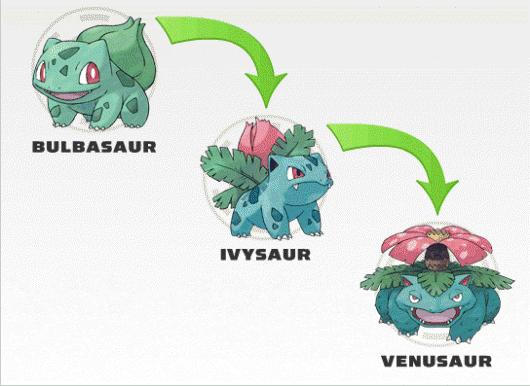

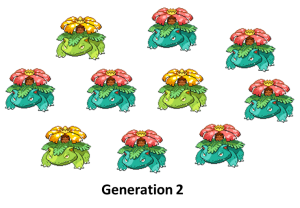
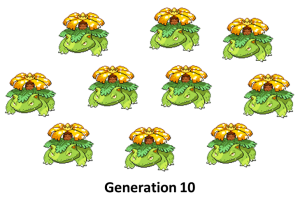
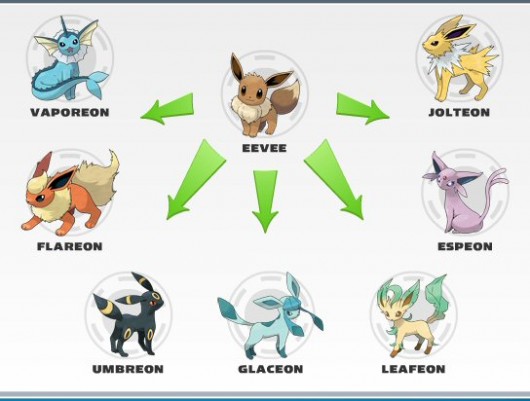
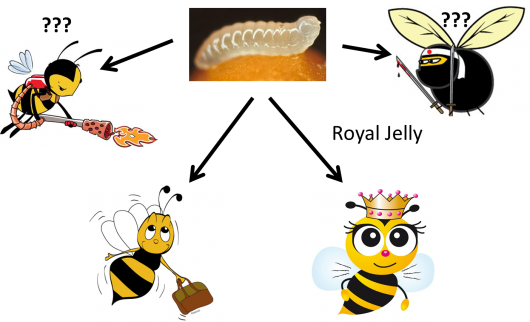

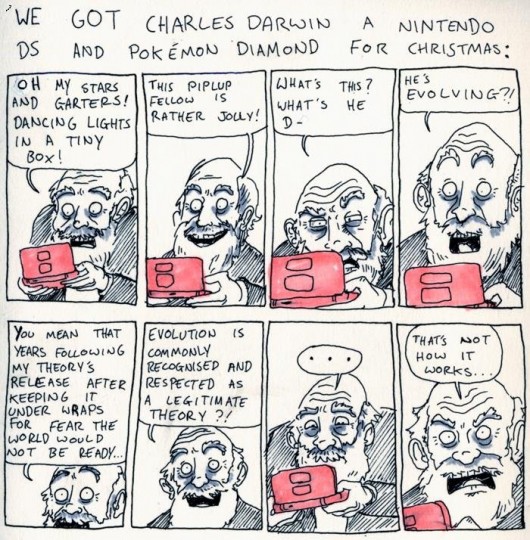
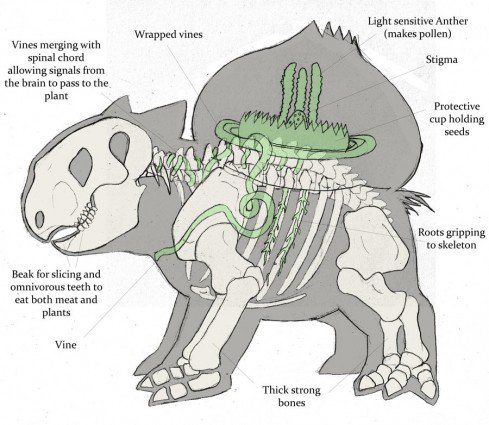
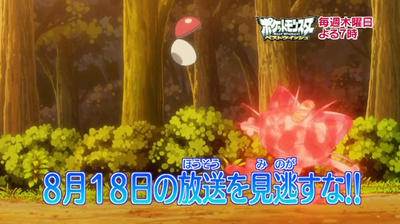



 I love
I love  Don’t judge.
Don’t judge.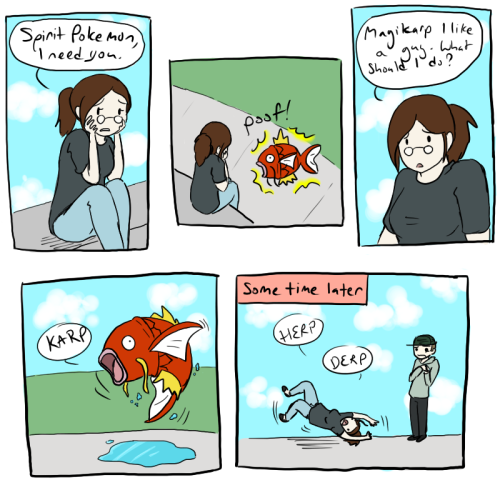 …Yeah, pretty much.
…Yeah, pretty much.

